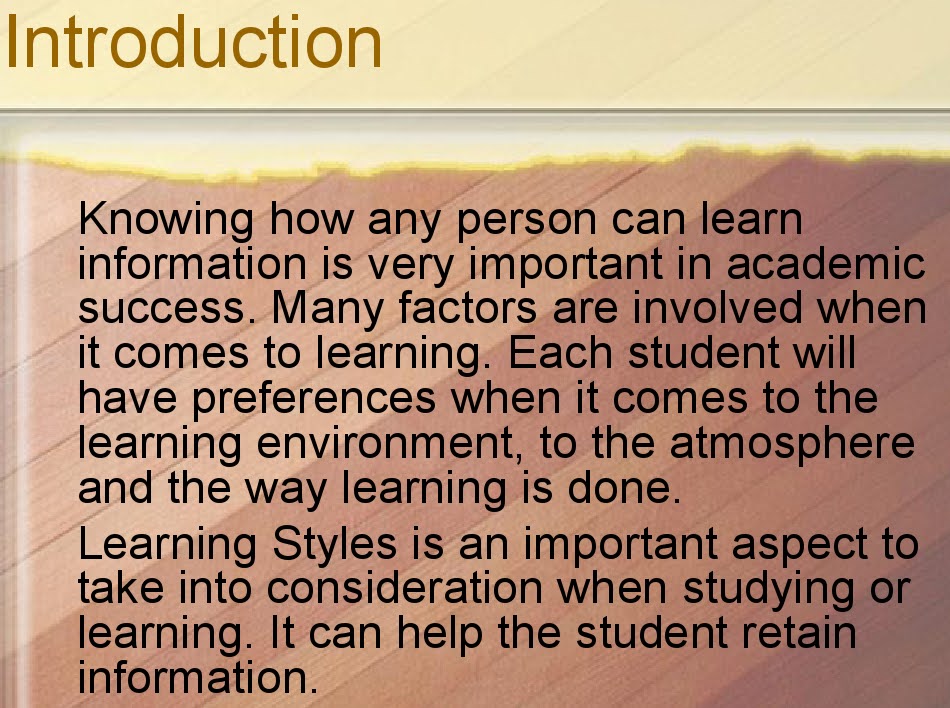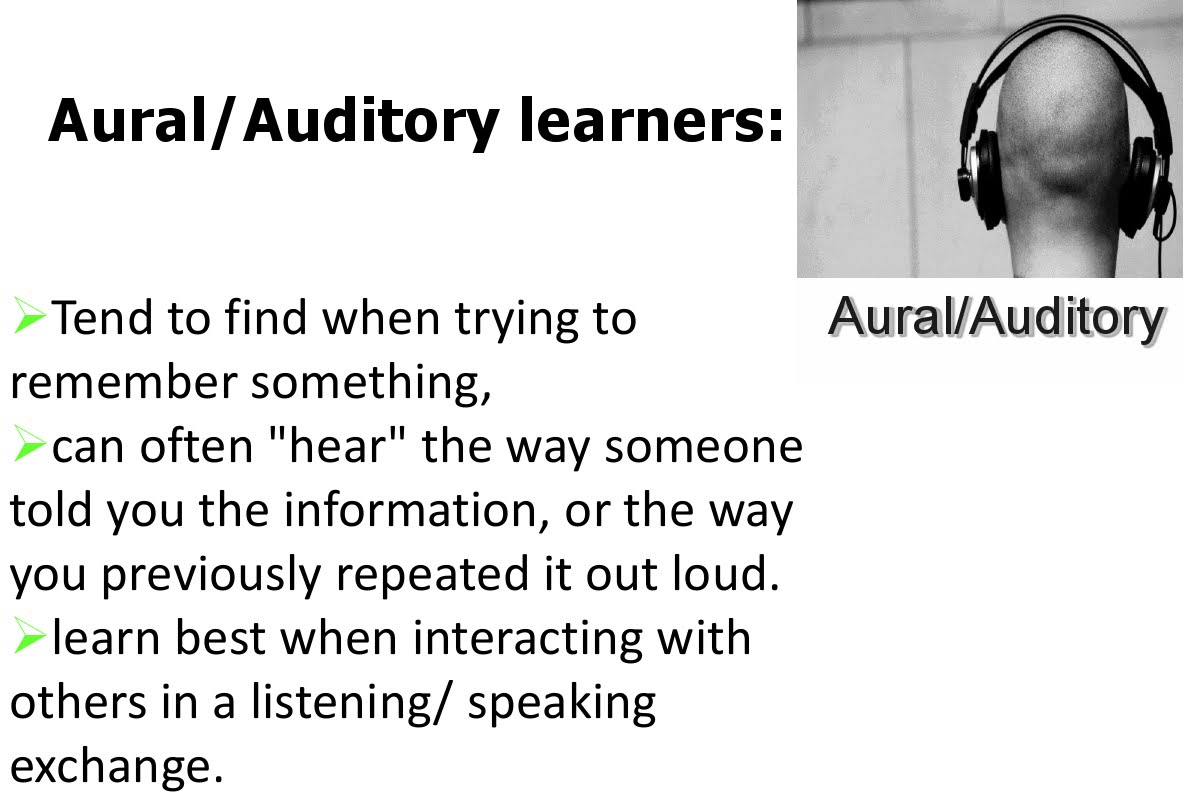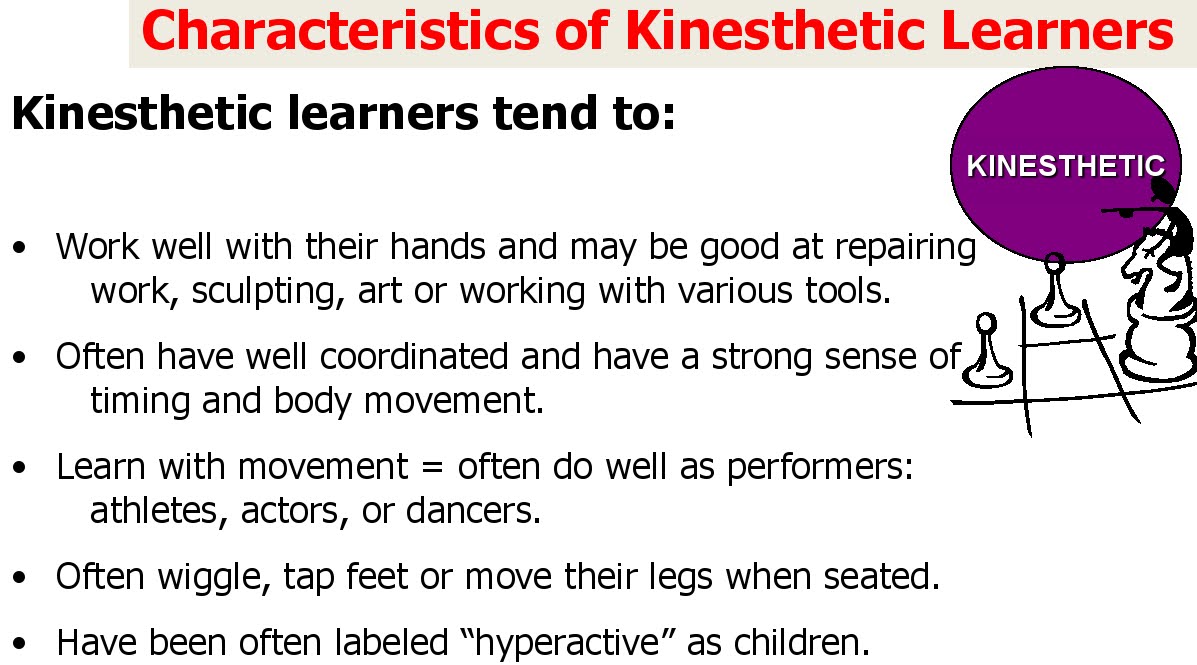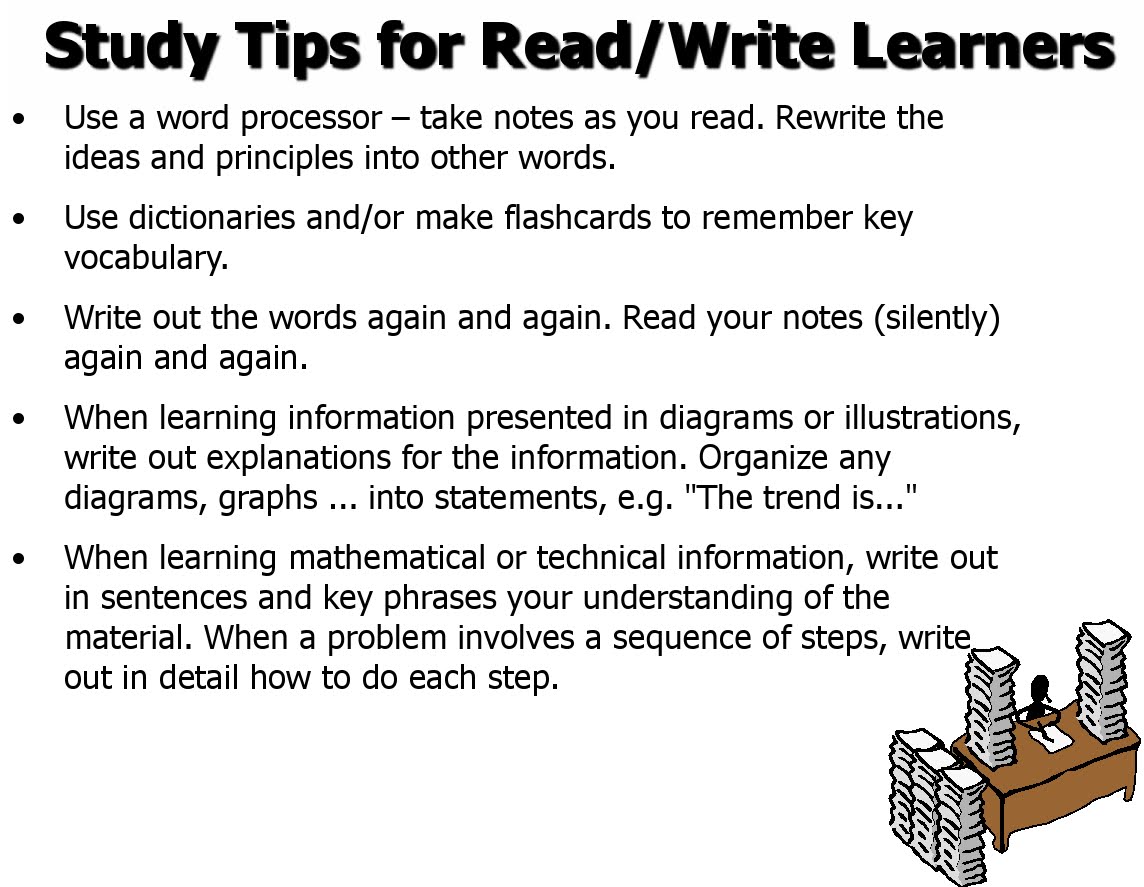Learning Styles
Learning
Styles as per NEP 2020
Introduction:
In recent years, there has
been a growing recognition of the importance of learning styles and how they
impact the way students learn and retain information. This is particularly true
in light of the New Education Policy (NEP) 2020, which places a strong emphasis
on personalized learning and catering to the needs of every student.
What are Learning Styles:
Learning styles refer to the
preferred ways in which individuals process, understand, and retain
information. There is no one-size-fits-all approach when it comes to learning
styles, as each student has unique strengths, weaknesses, and preferences.
Common learning styles include visual, auditory, kinesthetic, and
reading/writing.
Importance of Understanding Learning Styles:
By understanding their
learning styles, students can get a better sense of their strengths and
weaknesses and tailor their study habits accordingly. For instance, a student
who is a visual learner might find that they are more effective in retaining
information when they have visual aids or diagrams, while an auditory learner
might prefer to listen to lectures or recordings.
Personalized Learning as per NEP 2020:
NEP 2020 places a strong
emphasis on personalized learning, recognizing that every student has unique
strengths, weaknesses, and preferences. By understanding and catering to the
learning styles of each student, educators can help ensure that all students
are able to learn and retain information effectively.
Incorporating Different Learning Styles in the
Classroom:
One way to cater to the
learning styles of students is to incorporate a variety of teaching methods and
materials into the classroom. This might include visual aids, hands-on
activities, group discussions, and other interactive approaches. Teachers can
also encourage students to experiment with different study methods and find the
approaches that work best for them.
Advantages of Incorporating Different Learning
Styles:
When teachers incorporate
different learning styles into the classroom, they can help ensure that all
students are able to learn and retain information effectively. This can lead to
higher levels of engagement, motivation, and success for students.
Additionally, by understanding their own learning styles, students can develop
a better sense of self-awareness and take greater responsibility for their own
learning and growth.
Conclusion:
In conclusion, the New
Education Policy (NEP) 2020 places a strong emphasis on personalized learning
and recognizing the unique needs and strengths of each student. By
understanding and incorporating different learning styles into the classroom, teachers
can help ensure that all students are able to learn and retain information
effectively, leading to greater engagement, motivation, and success for
students.
































